If you’re looking for a way to cleanse your home and improve your indoor air quality, consider investing in some of these oxygen-rich houseplants.
12 Oxygen-Rich Houseplants That Will Cleanse Your Home
Oxygen is essential to human life. We need it to breathe, and it’s also necessary for many of our bodies’ processes. Unfortunately, the air in our homes is often lacking in oxygen. This can be due to a variety of factors, such as poor ventilation, chemicals off-gassing from furniture and carpeting, or even just having too many people in a small space.
Luckily, there are some easy ways to increase the oxygen levels in your home. One of the best ways is to add some oxygen-rich houseplants. These plants not only help to increase the oxygen levels in your home, but they also help to purify the air.
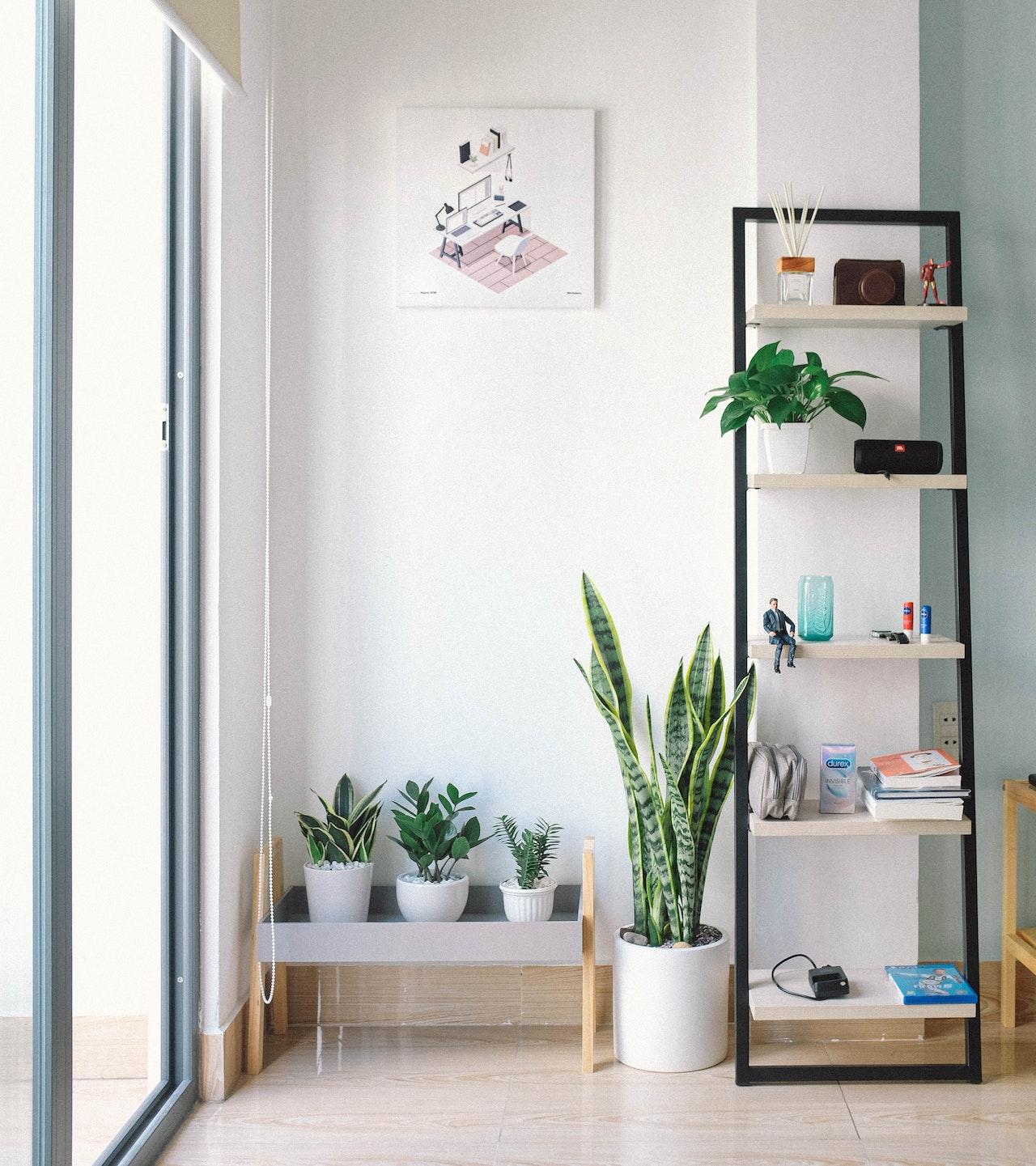
Credit: Pexels
Many different kinds of houseplants can produce oxygen, but some are better at it than others. So if you’re looking for a way to improve the air quality in your home, consider adding some of these oxygen-rich plants to your decor.
Here are the 12 best oxygen-rich houseplants:
1. Areca Palm
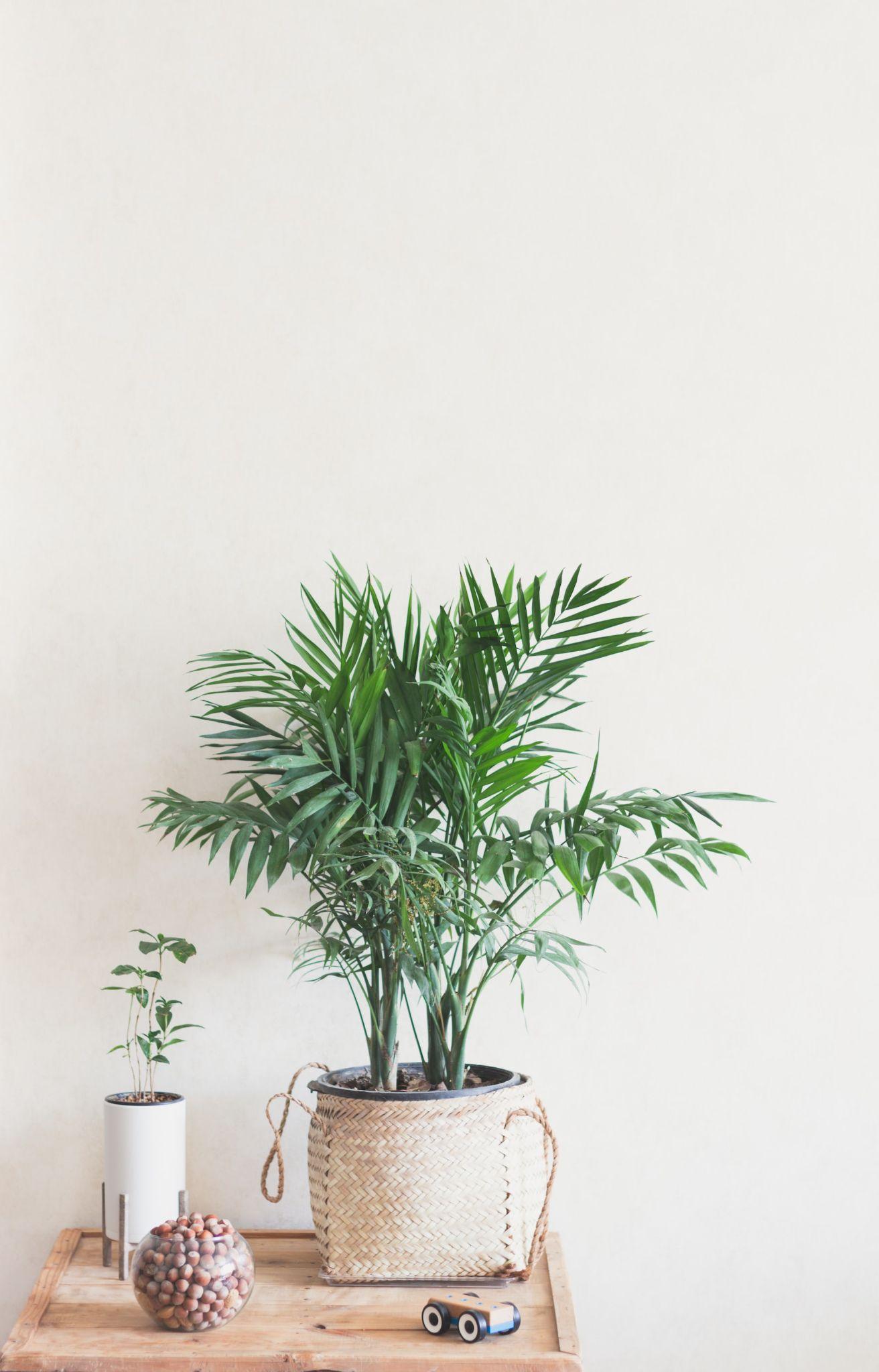
Credit: Unsplash
The Areca palm is a popular choice for indoor spaces because it is relatively easy to care for and it grows quickly. It can reach up to 6 feet in height and produces a large amount of oxygen.
2. Snake Plant
Snake plants are also known as mother-in-law’s tongues or viper’s bowstring hemp. Snake plants are native to Africa and Asia, and they are known for their ability to tolerate low light and low humidity.
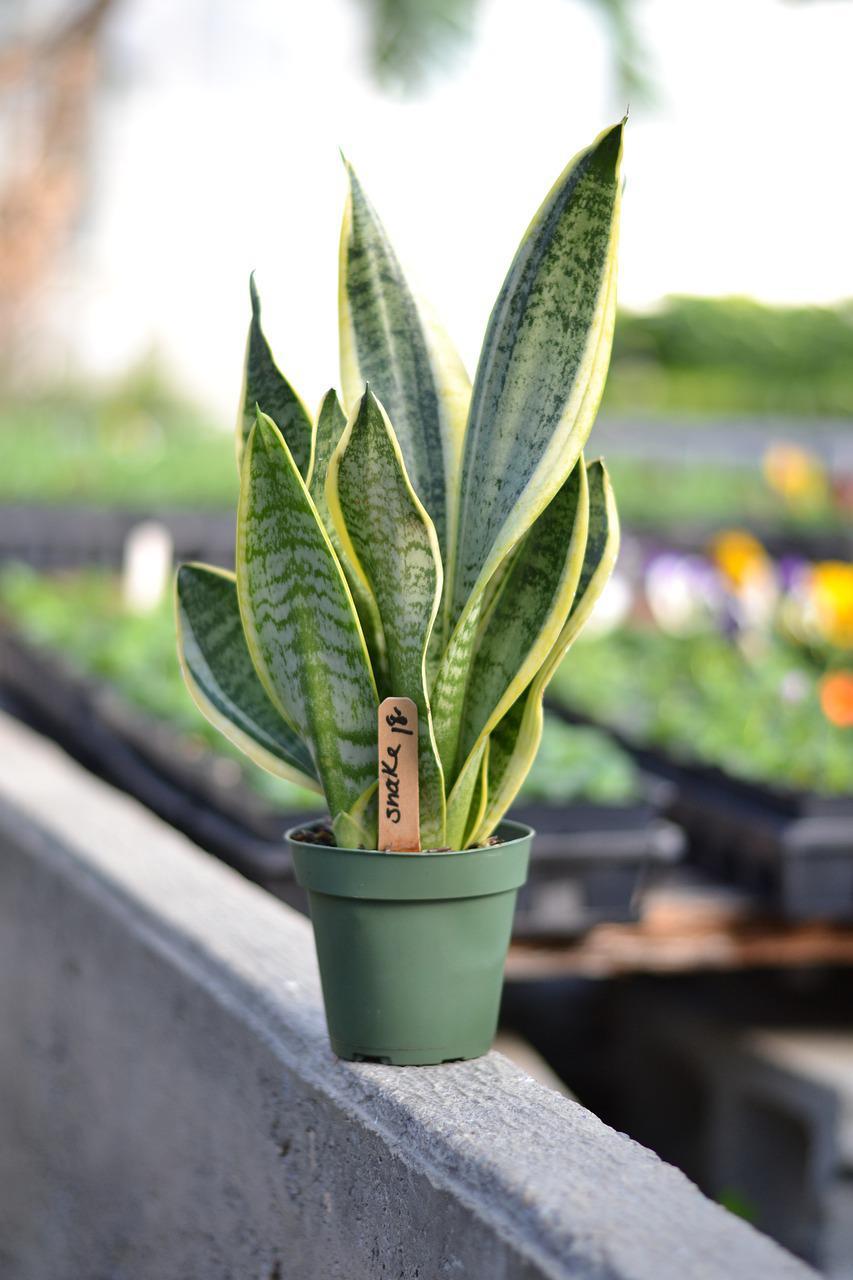
Credit: Pixabay
Snake plants are one of the most popular houseplants around and for good reason. They’re easy to care for and a good choice for beginners as it is very difficult to kill. They grow slowly but can reach up to 3 feet in height. They have long, narrow leaves that are dark green.
The snake plant is one of the most efficient plants when it comes to oxygen production as it can produce oxygen 24 hours a day. They are also known for their ability to remove toxins from the air, making them a great choice for homes with pets or smokers.
3. Rubber Plant
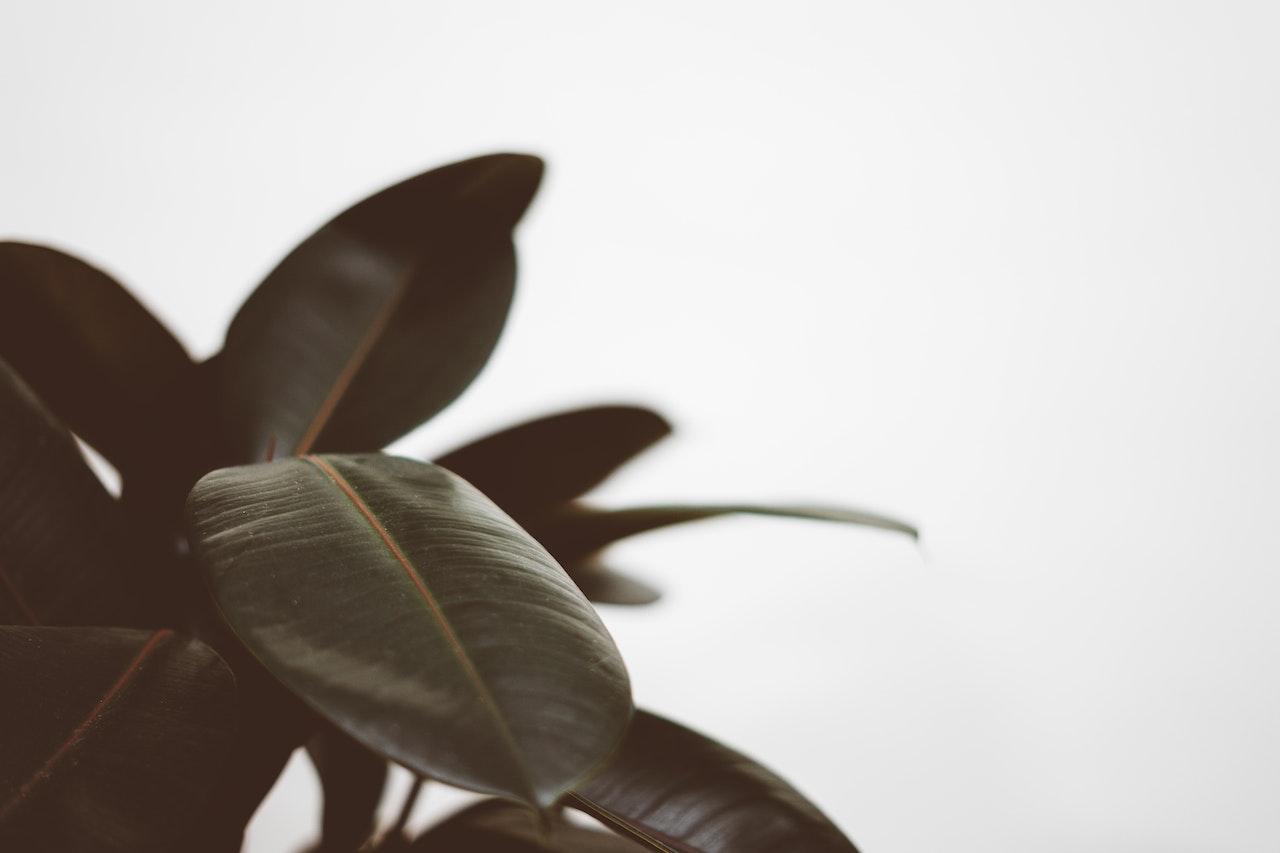
Credit: Pexels
The rubber plant is a popular indoor plant that can reach up to 10 feet in height. It prefers bright, indirect light but can also tolerate low light. It is a relatively easy plant to care for and is known for its ability to purify the air.
4. Dracaena
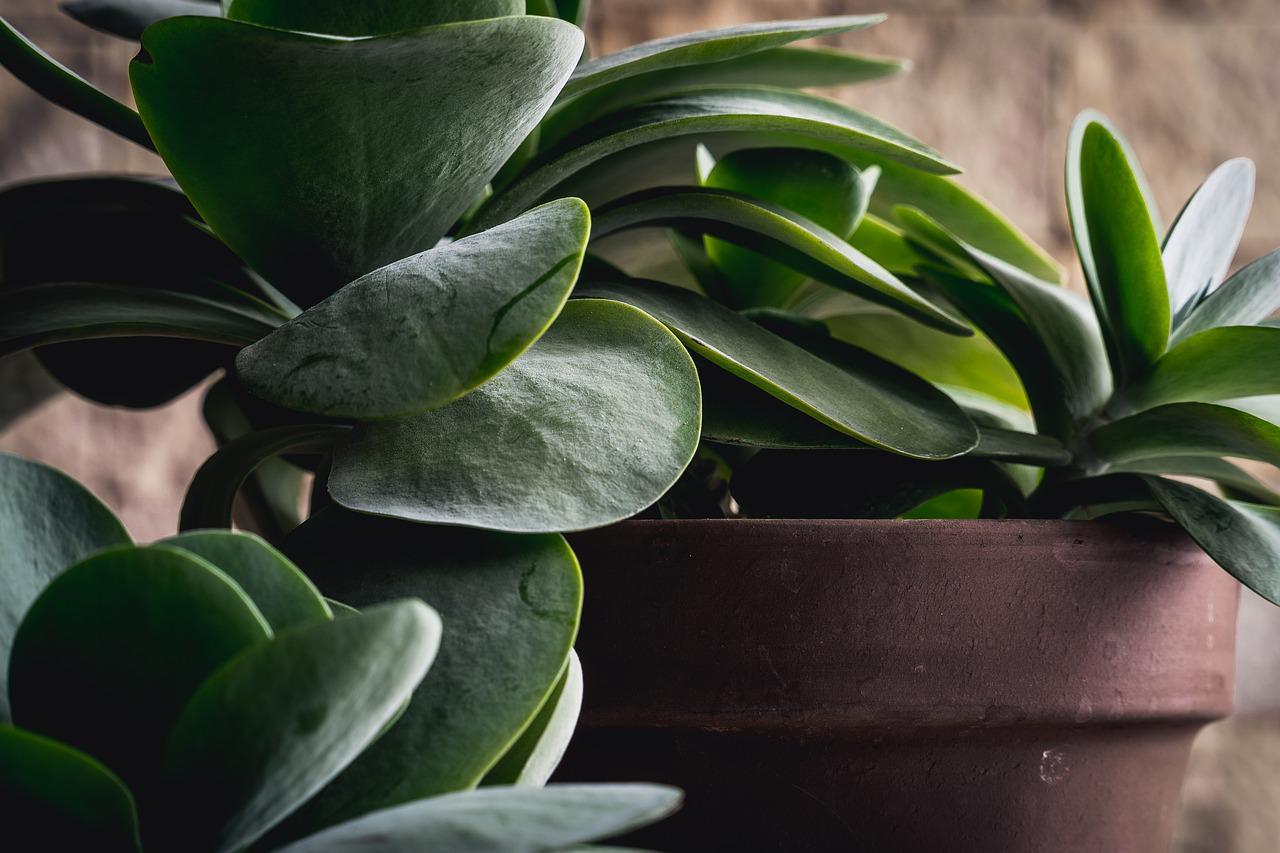
Credit: Pixabay
Dracaena is a large family of plants that come in many different varieties. Some can reach up to 10 feet in height while others are more compact. They prefer bright, indirect light but can also tolerate low light. They are relatively easy to care for and are known for their ability to purify the air.
5. Peace Lily

Credit: Unsplash
Peace lilies are a type of flowering plant that is native to the tropical regions of South America. They have large, white flowers that bloom in the spring and summer. They prefer warm, humid environments and do well in low-light conditions.
A peace lily is a beautiful option for an oxygen-rich houseplant. They help to filter out toxins from the air. They’re so effective that they’re often used in hospitals and office buildings.
6. Boston Fern

Credit: Pexels
Boston ferns are a classic houseplant that has been around for generations that can reach up to 2 feet in height. They are another great option for an oxygen-rich houseplant. It is native to the eastern United States, and it prefers humid environments.
Boston ferns are relatively easy to care for and great at purifying the air, and they also help to increase the humidity in a room, which can be helpful in dry winter months. They’re known for their ability to filter out harmful toxins like formaldehyde and xylene. They also produce a lot of oxygen, making them a great choice for bedrooms and other small spaces.
7. English Ivy

Credit: Pixabay
The English ivy is a fast-growing climbing plant that can reach up to 30 feet in height. It prefers shady, humid conditions and is known for its ability to filter out harmful toxins from the air.
8. Golden Pothos
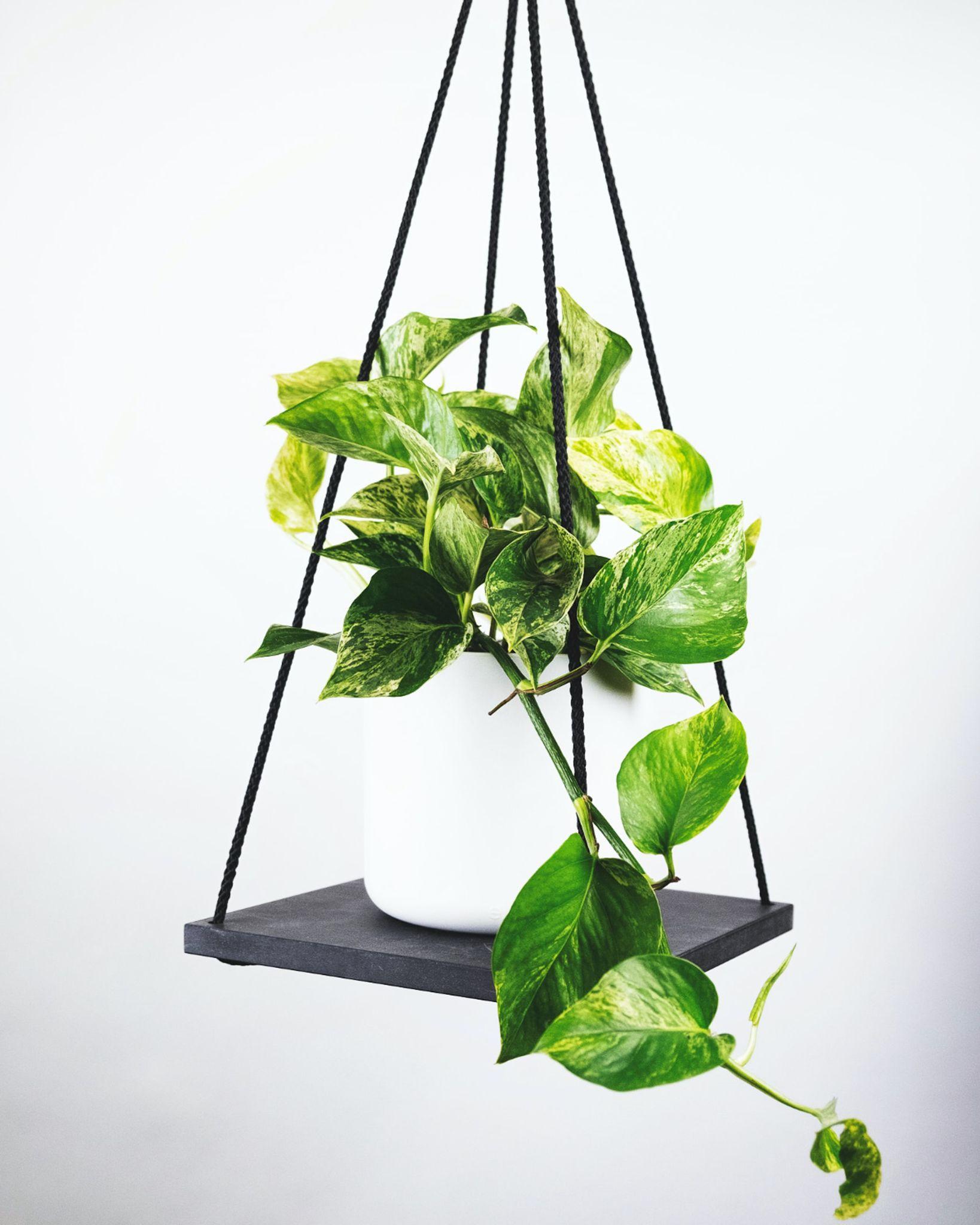
Credit: Unsplash
Pothos (Epipremnum aureum) is a great option for an oxygen-producing houseplant. They are very easy to care for and they come in a wide variety of colors. Pothos are native to the tropical regions of Asia and the Pacific Islands, and they do well in low to bright light.
The golden pothos is a fast-growing climbing plant that can reach up to 20 feet in length. It is a hardy plant that can tolerate low light and infrequent watering. It is known for its ability to purify the air.
9. Philodendron
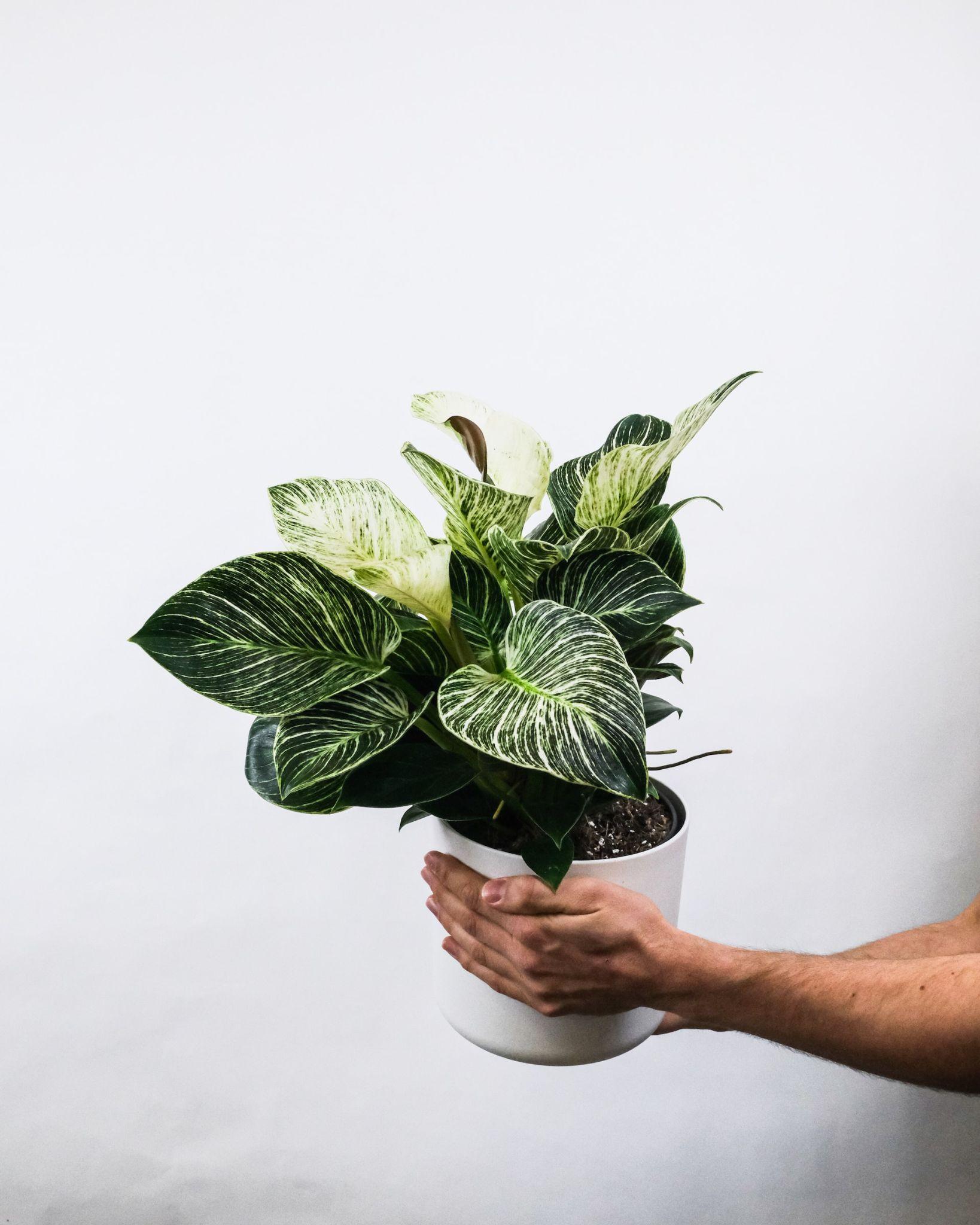
Credit: Unsplash
Philodendron is a large family of plants that comes in many different varieties. Some can reach up to 10 feet in height, while others are more compact. They prefer shady, humid conditions and are known for their ability to purify the air.
Philodendron (Philodendron sp.) is a great option for an oxygen-producing houseplant. They are very easy to care for, and they come in a wide variety of shapes and sizes. Philodendrons are native to the tropical regions of South America, and they do well in low to bright light.
10. Spider Plant

Credit: Unsplash
The spider plant is a popular indoor plant that can reach up to 2 feet in height. It is a relatively easy plant to care for Spider plants are one of the most popular houseplants around and for good reason. It is native to Africa and Madagascar, and it is very tolerant of a wide range of conditions. It prefers bright, indirect light but can also tolerate low light.
They are a popular choice for an oxygen-rich houseplant and are known for their ability to produce a large amount of oxygen. They are also efficient at purifying the air and removing toxins, making them a great choice for bedrooms and other small spaces.
11. Bamboo Palm
Bamboo palms are one of the best houseplants for producing oxygen. They also help to purify the air and remove toxins. The Bamboo Palm is great for filtering out formaldehyde, benzene, and carbon monoxide from the air.
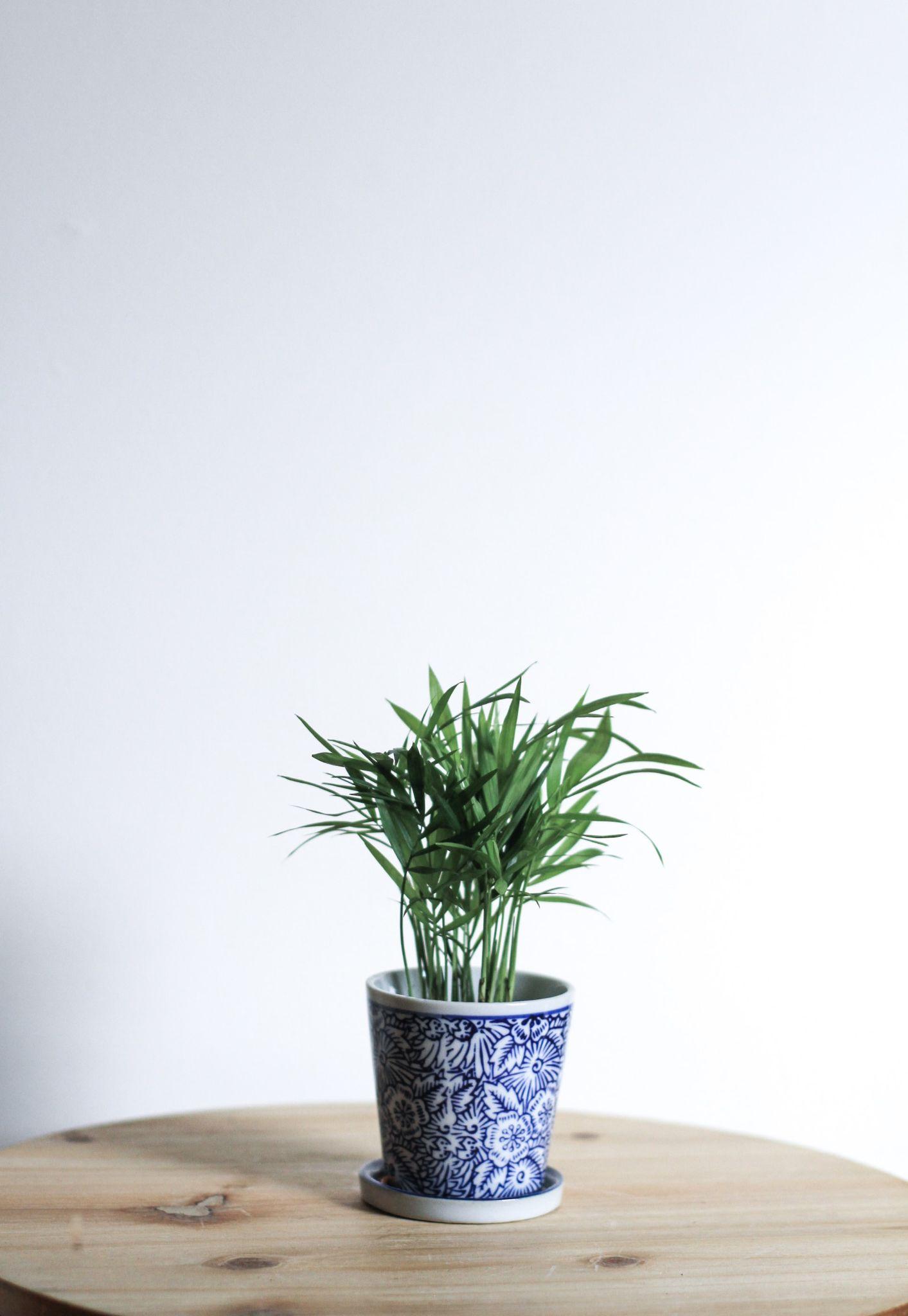
Credit: Unsplash
12. Aloe Vera
Aloe vera is a great choice for an oxygen-rich houseplant. It is native to Africa and the Arabian Peninsula, and it prefers warm, dry environments. Aloe vera is a succulent plant that is great at producing oxygen. Aloe vera is also known for its healing properties and many other benefits, like being a natural healer and helping to purify the air.
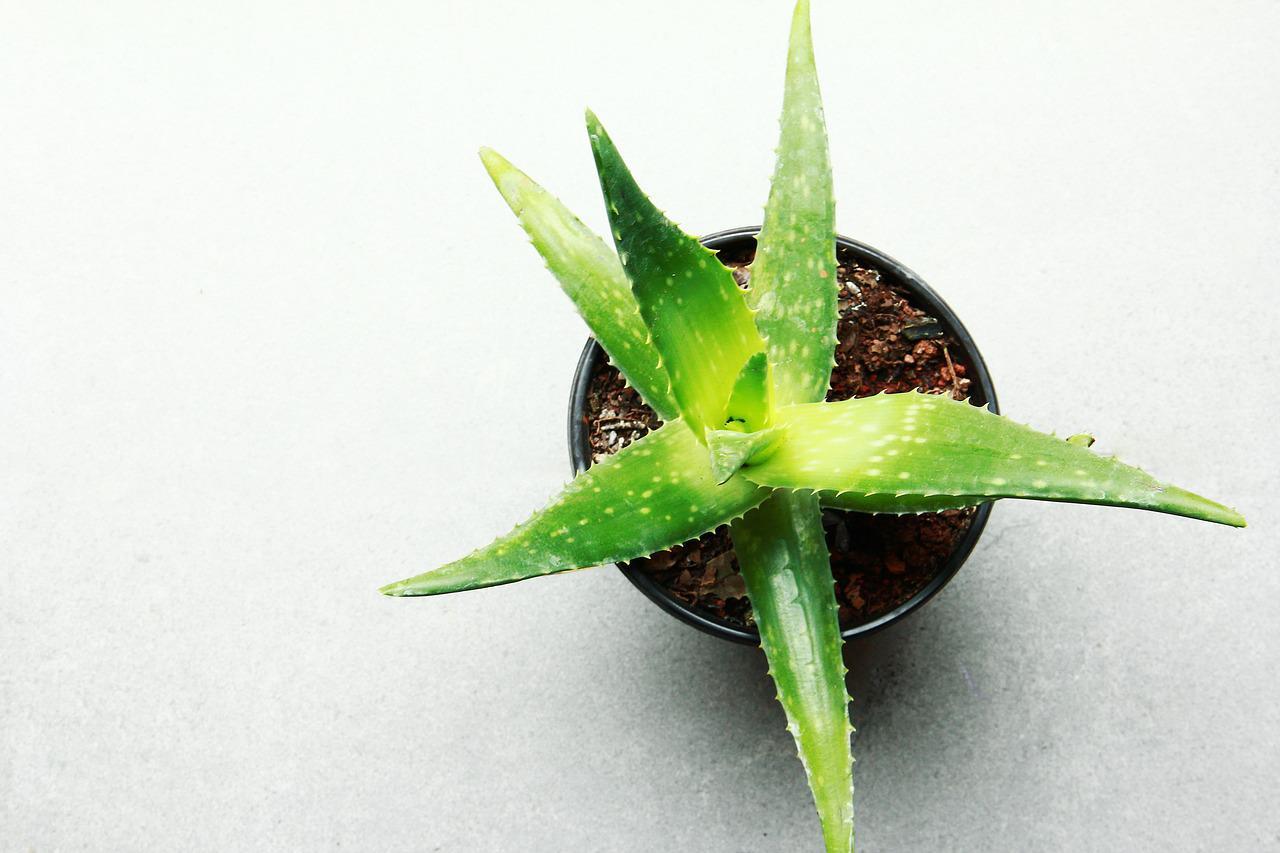
Credit: Pixabay
So there you have it, 12 of the best oxygen-rich houseplants. Adding just a few of these plants to your home can make a big difference in the air quality.
The Benefits Of Having Oxygen-Rich Houseplants In Your Home
Did you know that there are many benefits to having oxygen-rich houseplants in your home? Oxygen-rich houseplants can help to purify the air in your home, and they can also help to improve your health.
When it comes to keeping your home clean and fresh, you can’t go wrong with plants. Not only do they add a touch of nature and beauty to your space, but they also help purify the air.
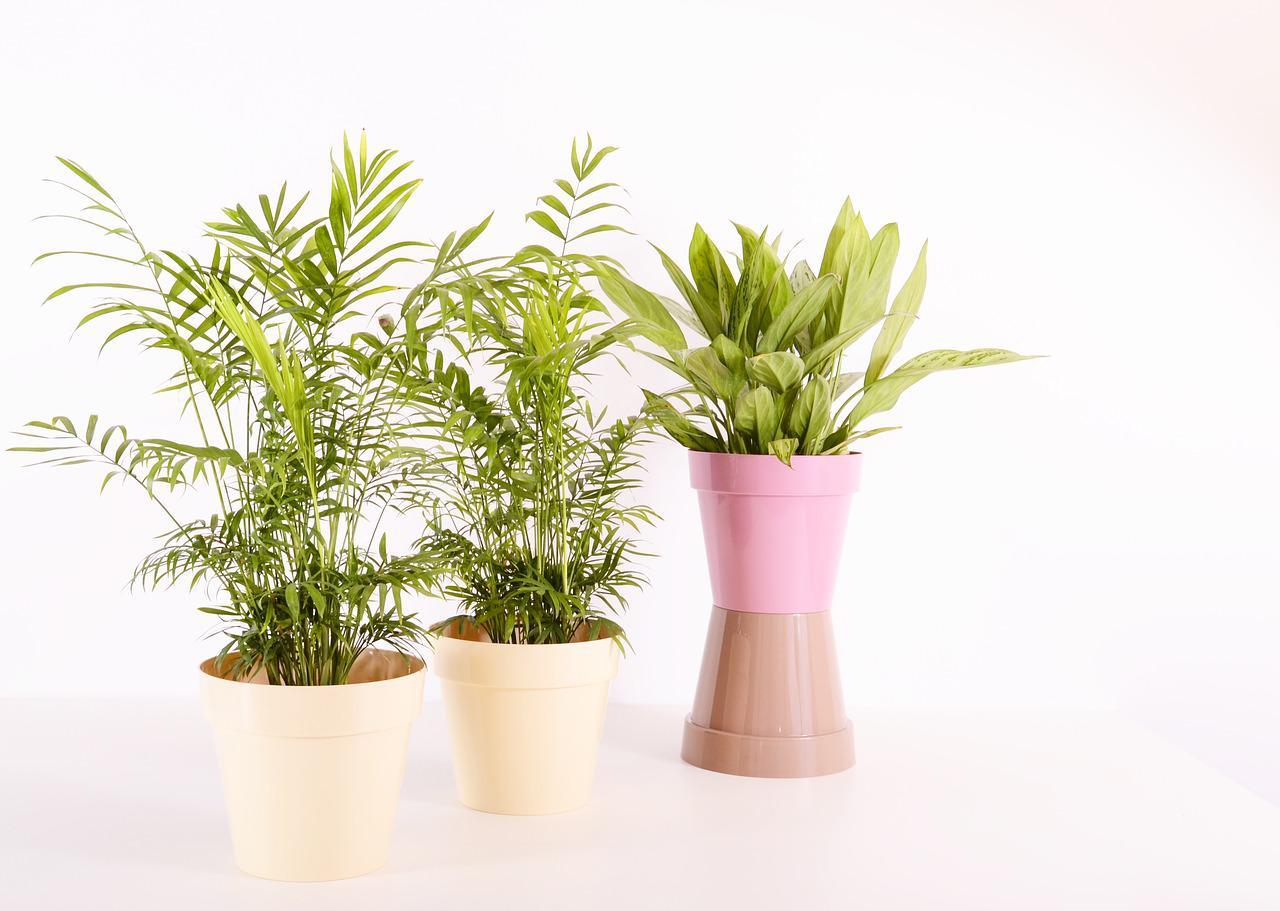
Credit: Pixabay
One of the most important benefits of plants is that they produce oxygen. Oxygen is essential for our survival, and it’s also great for our health. Studies have shown that breathing in high levels of oxygen can help improve brain function, reduce stress, and boost energy levels.

Other than increasing oxygen levels, indoor plants have many other benefits. Here are some of the benefits of having house plants in your home:
- Houseplants can help to purify the air in your home.
- Houseplants can help to improve your health.
- Houseplants can help to boost your mood.
- Houseplants can help to reduce stress.
- Houseplants can help to increase your productivity.
6 Tips To Get Most Oxygen From Your Houseplants
Here are some key tips to get the most oxygen from your houseplants:
- Choose a plant that has a lot of leaves. The more leaves a plant has, the more surface area it has for photosynthesis, which is the process that produces oxygen.
- Choose a dark green plant. The green pigment in plants, called chlorophyll, is essential for photosynthesis. The more green a plant is, the more oxygen it will produce.
- Choose a plant that is native to a tropical climate. Tropical plants tend to have higher rates of photosynthesis than plants from other climates.
- Make sure your plants are getting at least six hours of light per day. It is better to place your plant near a south-facing window.
- Make sure your plants are getting enough water, but don’t overwater them.
- Choose a place where your plant gets enough air circulation. Air circulation helps the plant take in carbon dioxide and release oxygen. You can also place them near an open window or door, or use a fan to circulate the air around them.
Taking care of houseplants may seem like a lot of work, but it’s not that difficult once you get into the habit. By following these simple tips, you can ensure your plants stay healthy and happy for years to come.
Expert Ideas
- Plant more houseplants to produce more oxygen
- Place houseplants around the home to purify the air
- Choose houseplants that are known to produce high levels of oxygen
Bonus Tip
Make sure to choose plants that are known for being good at producing oxygen. Some examples include bamboo, aloe vera, and spider plants. Also, be sure to give them plenty of light and water.
Frequently Asked Questions:
1. Which houseplants produce the most oxygen?
Many different plants can produce oxygen, but some are more efficient than others. Some of the most oxygen-rich plants include bamboo, spider plants, aloe vera, and peace lilies.
2. How do houseplants produce oxygen?
Plants produce oxygen through a process called photosynthesis. It is when the plant uses sunlight to convert carbon dioxide into oxygen.
3. Why is it important to have oxygen-rich plants in your home?
Oxygen is important for our bodies to function properly. It helps us to breathe and to think clearly. Having plants in your home that produce oxygen can help to improve the air quality and make it easier for you to breathe.
4. How can I tell if my houseplant is producing oxygen?
One way to tell if a plant is producing oxygen is to look at the leaves. If the leaves are green, it means that the plant is photosynthesizing and producing oxygen. Another way to tell is to listen to the plant. If it is making a rustling sound, it is producing oxygen.
5. What are some other benefits of having houseplants?
In addition to producing oxygen, houseplants can also help to filter out harmful toxins from the air. They can also help to improve your mood and reduce stress levels.
Conclusion
If you’re looking for a way to cleanse your home and improve your indoor air quality, consider adding some of these oxygen-rich houseplants to your decor. Not only will they help to purify the air, but they’ll also add a touch of nature to your space.
Michelle Wilde
Related posts
![]()
About Michelle Wilde
Michelle Wilde is a stay-at-home mom and avid plant lover. Armed with a post-graduate degree in Computer Science (no kidding!), she loves researching plants and landscapes. When she is not caring for her 4 kids, she spends time on her passion for plants. She blogs at www.indoorplantschannel.com, the trusted source for indoor plants.
Learn more
Subscribe
* You will receive the latest posts and updates about indoor plants!
Search
Recent Posts
Categories
- Beginner Guides (10)
- FAQ (206)
- General (2)
- How-To Guides (212)
- Indoor Plants (214)
- Pest Management (2)
- Plant Problem Solutions (4)
- Seasonal Growing (2)
- Specialized Environments (2)
- Specific Plant Care (3)
- Technical Growing (2)
